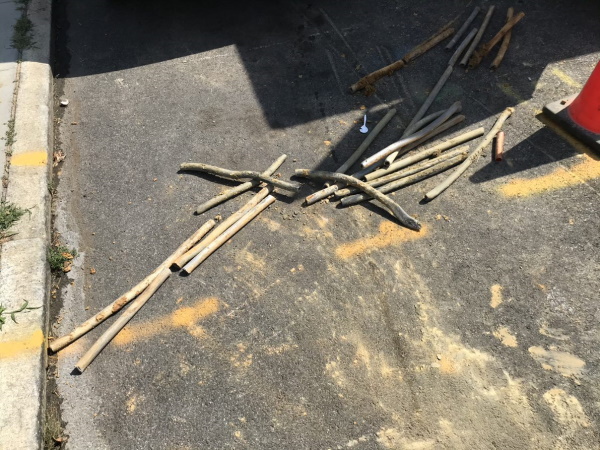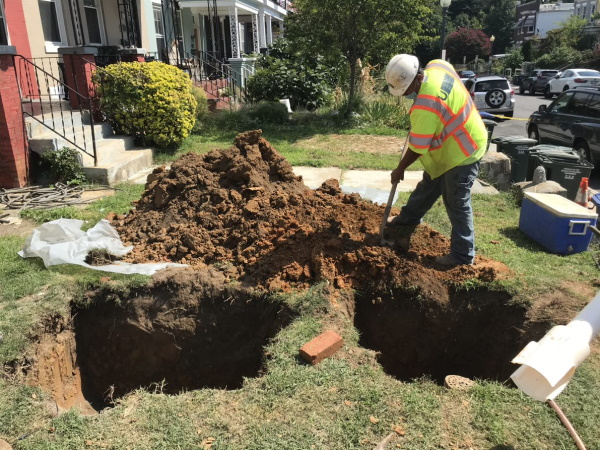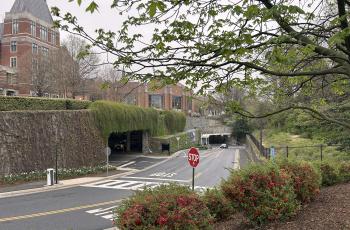Minimize Your Risk of Lead Exposure
The first steps to minimizing lead exposure are to identify sources of lead and then have your water tested.
If present, elevated lead levels in household tap water can cause serious health problems, especially for pregnant women and young children. Follow the guidance below to protect you and your family's health.
Identify and remove lead sources.
- Replace lead service pipes with copper pipe. DC Water will replace your lead service pipe in public space at not cost if you choose to replace the private portion. For additional information about the voluntary replacement option, see the Lead Service Pipe Replacement Program, contact Customer Service at 202-787-4044 or email lead@dcwater.com.
- Replace household galvanized plumbing. In households that have, or previously had, a lead service pipe, galvanized plumbing can release lead in tap water.
- Install lead-free plumbing fixtures, including faucets, valves and fittings. Until 2014, products labeled "lead-free" and could contain up to eight percent lead. Make sure you install fixtures and fittings that are at or below 0.25 percent lead.
- Flush cold water taps after installing new household pipes or fixtures. New plumbing can release metals after installation. Flush plumbing for five minutes at a high flow rate once a day for at least three days.
Run your water to flush out lead.
- Lead and other metals can dissolve in water when it sits in pipes for a few hours.
- Run your cold water tap until you notice a temperature change, then run for an additional two minutes before using it for drinking or cooking. This brings in fresh water from the lead-free water main in the street.
Filter tap water until all sources of lead are removed or look for alternative sources of water.
- Be sure to select a filter certified to meet NSF Standard 53 for lead removal or 42 for particle reduction. The filter package should specifically list the device as certified for removing the contaminant lead. Consult our Water Filter Guide for selecting the appropriate filter.
- Use cold, filtered tap water for drinking, cooking, preparing infant formula, beverages and ice.
- Be sure to routinely replace filter cartridges according to the manufacturer's instructions.
- You may also consider purchasing bottled water.
Use cold water for cooking and preparing baby formula.
- Fill pots with cold water and heat on the stove or in the microwave instead of using hot tap water.
- Do not boil water to remove lead.
Get your child’s blood tested.
- The District’s Department of Energy and Environment (DOEE) offers information on blood lead testing for children, lead poisoning prevention and lead safety measures, and is the agency charged with enforcing the District’s lead laws. For more information, contact DOEE at 202-535-2600 or visit www.doee.dc.gov.
Remove and clean faucet aerators every three months..
- Over time, particles and sediment can collect in the aerator screen.
- Clean aerators located at the tip of faucets and remove any particles.
- To clean aerators, cover the drain in your sink to prevent any aerator parts from falling into the drain, then unscrew the aerator and separate each part. Remove any small particles on the screen, soak the parts in white vinegar for a few minutes, and scrub the parts with a brush. After cleaning, put the aerator parts back together and screw the aerator back onto the faucet.
- Replace aerators annually and immediately replace aerators that are in poor condition. These are available at local hardware stores.
Watch this video to learn how to clean your aerators
FREE TEST KIT!
DC Water offers annual free lead testing for residential and commerical customers. Email leadtest@dcwater.com if you have any questions.

Lead pipes removed from customer's yard.

Worker removing pipes from customer's yard.



